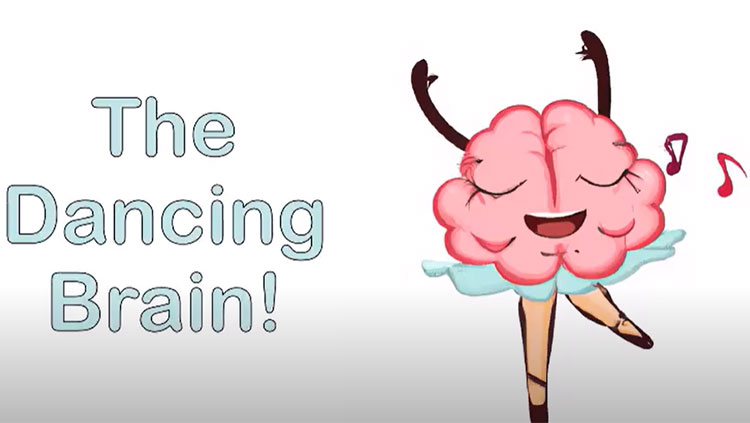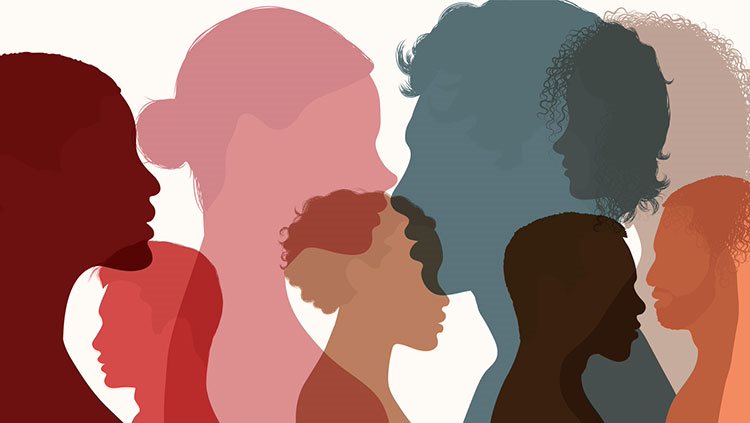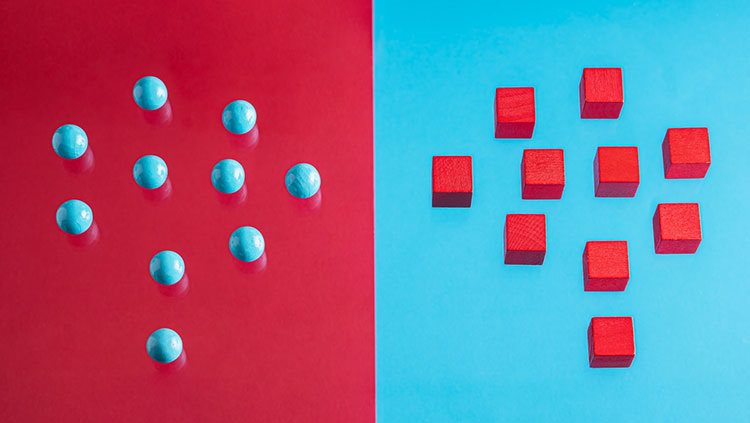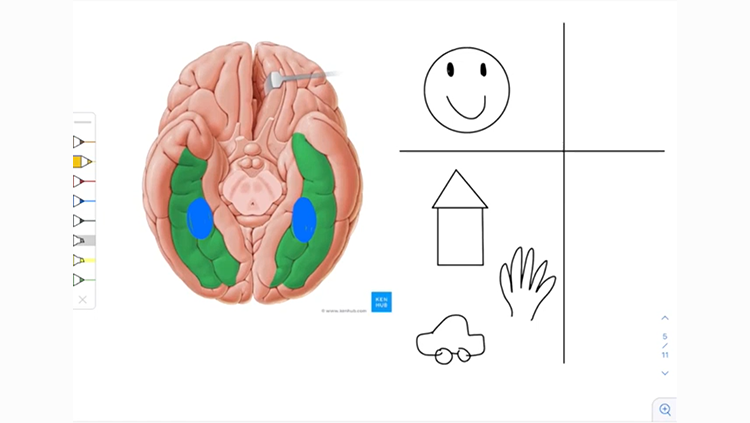Spider Webs of Memory: Perineuronal Nets
- Published28 Oct 2022
- Source BrainFacts/SfN
Web-like structures in the brain called perineuronal nets (PNNs) surround certain brain cells and play a role in functions like learning and memory. These webs protect structural connections between neurons and act as a physical barrier for new synaptic connections. Lab studies with rodents have suggested that removing these nets aid in the learning of new information.
This is a video from the 2022 Brain Awareness Video Contest.
Created by Natalie Doody.
CONTENT PROVIDED BY
BrainFacts/SfN
Transcript
Hello, I'm Natalie Doody from the University of Leeds, and I am going to talk to you about spider webs in your brain that are involved in memory, also know as perineuronal nets.
Perineuronal nets, or PNNs for short, were first described and drawn by the neuroscientist, Golgi, in the 1890s. PNNs are honeycomb-like structures that surround the cell bodies and dendrites of some neuron populations within the central nervous system. Fast forward over a century, and we now know that PNNs are important structures that are involved in learning and memory, and neurological conditions such as Alzheimer’s and Parkinson’s disease.
The way that PNNs are formed is similar to spiders making their webs. An enzyme on the surface of neurons called hyaluronan synthase. Synthase produces a backbone of hyaluronan, creating the structure of the PNN, which is similar to spiders spinning their webs. Once the hyaluronan net is formed, it binds other molecules such as link proteins, chondroitin sulphate proteoglycans, and tenascins, that cross link the structure. Like spider webs trapping water, leaves, and flies.
When the PNN is fully formed, it stabilizes synapses within the holes of the net and acts as a physical barrier to prevent new synaptic connections from forming. As the formation of new synapses is important for memory formation, PNNs have been studied to investigate ways of improving learning and memory.
One behavioral test that has been used to study the role of PNNs in memory is the novel object recognition test. This test relies on the curious nature of rodents such as mice and rats as they are naturally inclined to explore their environments, and therefore the presence of a new object.
Within the first phase of the novel object recognition test, known as the sample phase, a rodent is placed in the long arm of a ‘Y’ shaped apparatus that contains two identical objects, and they are left to explore the objects within each of the shorter arms for 5 minutes.
Within the second phase of this test, the choice phase, the rodent is returned to the Y-maze after a time delay ranging from one minute to 48 hours. The Y-maze now contains a new pair of objects, one familiar and one novel. In theory, the rodents should remember that they have already seen the familiar object, and then spend more time exploring the new, novel object. The rodents are then left to explore for another 5 minutes.
To analyze the novel object recognition test, we use a value called the discrimination index. This ranges from -1, which indicates the rodent spent more time exploring the familiar object, to 1, which indicates the rodent spent more time exploring the new, novel object. Zero shows that the animal had no preference for either object.
The discrimination index is calculated by subtracting the time spent exploring the familiar object from the time spent exploring the novel object and dividing this value by the total exploration time. Rodents with better memory have discrimination indexes closer to 1 than rodents with memory impairments.
Studies have shown that removing PNNs within the rodent brain increases the animals’ preference for the novel objects and improves memory. It is thought that the removal of PNNs allows for new synaptic connections to be formed on the neurons so that new information can be learned. So while you are learning something new, your brain may be blowing away the cobwebs (or PNNs) to help you form new synaptic connections and help your brain store this new information.
Thank you for listening and learning more about perineuronal nets.

















